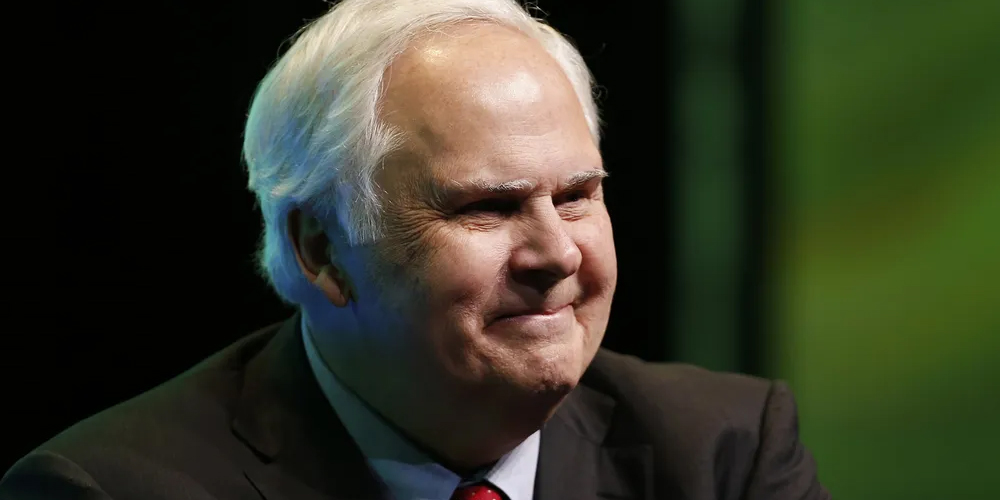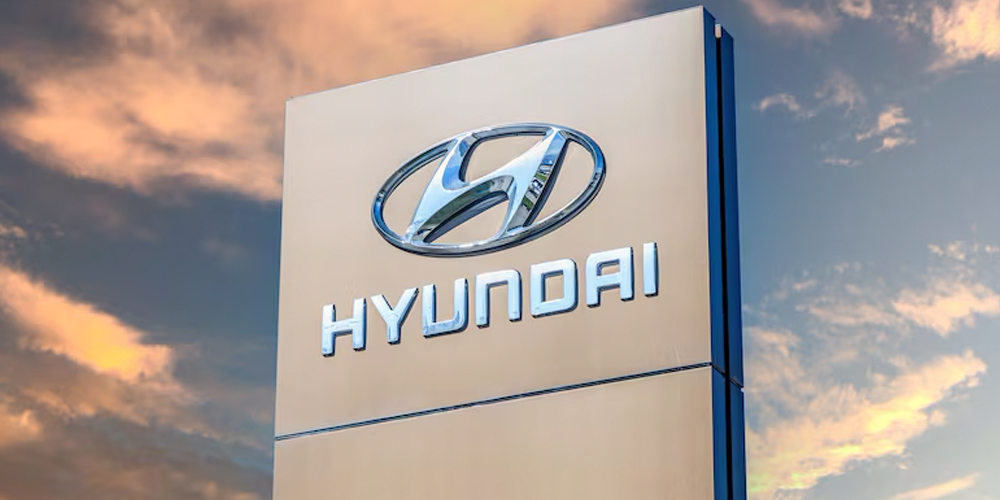The name Ferrari is synonymous with speed, luxury, and engineering excellence. When you think of Ferrari, the image of sleek, red sports cars may come to mind. However, behind the renowned Ferrari brand is a lesser-known figure: Mario Ferrari. This article explores Mario’s pivotal role in shaping Ferrari into the global powerhouse it is today.
Mario Ferrari’s Early Life and Humble Beginnings
Mario Ferrari was born in Italy, a country known for its rich automotive history. He grew up in Modena, where his father owned a small workshop. From a young age, Mario showed an interest in machinery and engines. His father’s influence played a crucial role in sparking his passion for cars. He would spend hours observing his father repair and build engines. It wasn’t long before Mario began to tinker with mechanical devices himself.
Mario’s fascination with cars grew stronger as he matured. He attended technical schools where he honed his skills. By the time he was a teenager, Mario was already taking apart and reassembling engines in the family workshop. His sharp mind for engineering laid the foundation for his future success in the automotive industry.
The Early Years of Ferrari: Mario’s Collaboration with Enzo Ferrari
In the 1930s, Mario Ferrari met Enzo Ferrari, a fellow car enthusiast and race driver. Enzo was a well-established figure in Italy’s racing world. The two shared a deep love for speed and craftsmanship, which ultimately led to a powerful partnership. In 1939, they founded Auto Avio Costruzioni, the company that would eventually become Ferrari.
Mario’s role was primarily technical. He focused on the engineering aspects of the cars, using his knowledge to help shape Ferrari’s designs. Enzo, on the other hand, focused on the business side and race car development. Together, they created a company that would go on to change the world of motorsports.
The First Ferrari Car: A Triumph of Innovation
In 1947, Ferrari released its first car: the 125 S. This car was a milestone not just for Ferrari, but for the automotive world. Mario Ferrari’s engineering skills were evident in the 125 S. It featured a V12 engine designed by Gioachino Colombo, another key figure in Ferrari’s early success. The car was fast, powerful, and well-engineered, earning Ferrari a place in motorsports history.
Mario Ferrari’s contribution to the car was significant. He ensured that the car was not just about speed but also about precision and reliability. Under Mario’s guidance, Ferrari began to build a reputation for crafting cars that were as durable as they were fast. This combination of luxury, speed, and engineering excellence became the hallmark of Ferrari cars.
The Role of Mario Ferrari in Ferrari’s Racing Legacy
While Enzo Ferrari was the public face of the company, Mario Ferrari’s technical expertise was indispensable to Ferrari’s success in racing. He was instrumental in designing Ferrari’s racing cars, making them some of the best in the world. Mario’s focus on engineering perfection helped Ferrari dominate the racetrack, particularly in Formula 1.
Mario’s engineering vision wasn’t limited to road cars. He understood that racing cars required innovation, speed, and, most importantly, durability. Under his guidance, Ferrari became a dominant force in motorsports. The cars were not just built to race—they were built to win.
The Challenges of Building the Ferrari Brand
Like all great success stories, Ferrari’s path was not without obstacles. The early years were challenging for Mario and Enzo. During World War II, Ferrari’s production came to a halt. The company faced financial difficulties and struggled to keep its operations afloat. However, Mario Ferrari’s ingenuity helped the company weather these tough times. His ability to adapt and innovate during these challenges ensured Ferrari’s survival and future success.
In the years following the war, Mario’s commitment to quality and innovation allowed Ferrari to emerge stronger than ever. The company’s race cars continued to win championships, while their road cars became coveted by the elite. The combination of engineering excellence and racing success ensured that Ferrari would become one of the most respected car manufacturers in the world.
Mario Ferrari’s Influence on Ferrari’s Road Cars
While Ferrari is often associated with its racing heritage, the company’s road cars have been equally important to its success. Mario Ferrari’s meticulous approach to engineering was applied to both Ferrari’s race cars and road cars. His emphasis on quality and attention to detail became the foundation of Ferrari’s luxury vehicles. Cars like the Ferrari 250 GTO and the Ferrari F40 are prime examples of Mario’s engineering expertise.
These vehicles were not just fast; they were works of art. Mario Ferrari’s commitment to perfection meant that every Ferrari car, whether it was built for the racetrack or the road, was engineered to the highest standards. The marriage of style and performance became one of Ferrari’s most defining features, and Mario’s influence can be seen in every model the company produced.
Ferrari’s Rise to Global Prominence
As the years passed, Ferrari’s reputation grew, both in the automotive world and beyond. Mario Ferrari played a significant role in ensuring that the company’s cars lived up to the hype. His insistence on quality and his commitment to innovation meant that Ferrari vehicles were not just cars—they were a statement.
In the 1960s and 1970s, Ferrari’s brand reached new heights. The company began to expand internationally, with Ferrari cars becoming a symbol of status and wealth. Mario Ferrari’s engineering philosophy was integral to this growth. The brand’s association with wealth, style, and performance became solidified as the company produced more high-end, sought-after vehicles.
The Ferrari Brand Today: A Legacy of Excellence
Today, Ferrari remains one of the most recognized car brands in the world. The prancing horse logo represents not just performance but also luxury and prestige. While Enzo Ferrari is often regarded as the face of the company, Mario Ferrari’s technical genius is a key reason why Ferrari continues to lead in both racing and luxury cars.
Every Ferrari model—whether it’s the LaFerrari, the 488 GTB, or the 812 Superfast—continues to reflect the high standards Mario set. The company is still known for its commitment to performance, craftsmanship, and design excellence. Ferrari’s success in Formula 1, where it remains one of the top teams, is also a testament to Mario Ferrari’s legacy in motorsports.
What We Can Learn From Mario Ferrari’s Journey
Mario Ferrari’s story offers many lessons, not just in engineering but in life. One of the key takeaways is the importance of persistence. Despite the many challenges Ferrari faced in its early years, Mario’s drive and vision never wavered. He believed in the potential of his cars and worked tirelessly to bring that vision to life.
Another lesson from Mario Ferrari’s journey is the power of innovation. Mario constantly sought ways to improve Ferrari’s cars, whether it was in terms of speed, reliability, or design. His approach to engineering was always forward-thinking. His mindset is a reminder that continuous innovation is essential to long-term success.
Conclusion: The Enduring Impact of Mario Ferrari
Mario Ferrari may not have had the same public recognition as Enzo Ferrari, but his impact on the company is immeasurable. His technical expertise and unwavering dedication to excellence helped shape Ferrari into one of the most prestigious car manufacturers in the world. Today, every Ferrari car—whether it’s a racing car or a road car—reflects Mario Ferrari’s commitment to quality, performance, and design.
Mario Ferrari’s legacy is one of innovation, precision, and perseverance. His contributions to Ferrari’s rise are often overshadowed by the fame of Enzo Ferrari, but without Mario’s engineering brilliance, Ferrari would not be the brand it is today. His work continues to inspire future generations of engineers, designers, and car enthusiasts, proving that true greatness often comes from quiet dedication behind the scenes.







